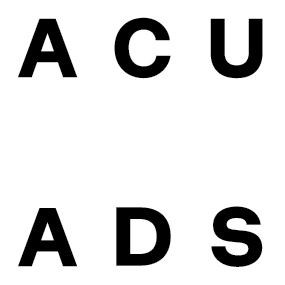In a time when citizens were constrained to a five-kilometre radius and the temporal landscape was relied upon to replace physical experiences and connections, Yarra City Council was considering the ‘impact’ on their local economies and how to facilitate ‘precinct recovery’. So how might a precinct recover? In this moment of reckoning, what changes could be suggested? How could people re-know a ‘public place’? This paper offers insight into the design practice of an RMIT University Communication Design Industry Fellow, who, after working with her Communication Design students to ‘decolonise digital dreams’(Nally, 2021) asked the question in her own design practice: How could a municipality find value in decentring colonial constructs and diversifying how citizens might be able to respond to eastern Kulin? wearehere.place was built as a visitor platform in English, 简体中文, TIẾNG VIỆT and ΕΛΛΗΝΙΚΑ, designed and built by Public Journal in partnership with City of Yarra and RMIT University. The platform invited peoples and people to ‘dream up being in Ngár-go / Fitzroy’. ‘We are here’ was intended to signal a community acknowledgement and response to Wominjeka , the welcome from Wurundjeri, offering ways to live, work and play respectfully on unceded lands. The framework of the platform was designed to communicate through plurality, encouraging creative participation with a range of stories, languages and perspectives of being in Ngár-go/Fitzroy. This presentation/paper identifies some of the sensitivities encountered when working with peoples and people through the intermission of Reconciliation, ‘public space’ and the digital landscape.
Where are we? We are here. Designing digital reflections of place and public plurality.
Rebecca Ailís Nally (RMIT University, Public Journal)
2022 Conference
